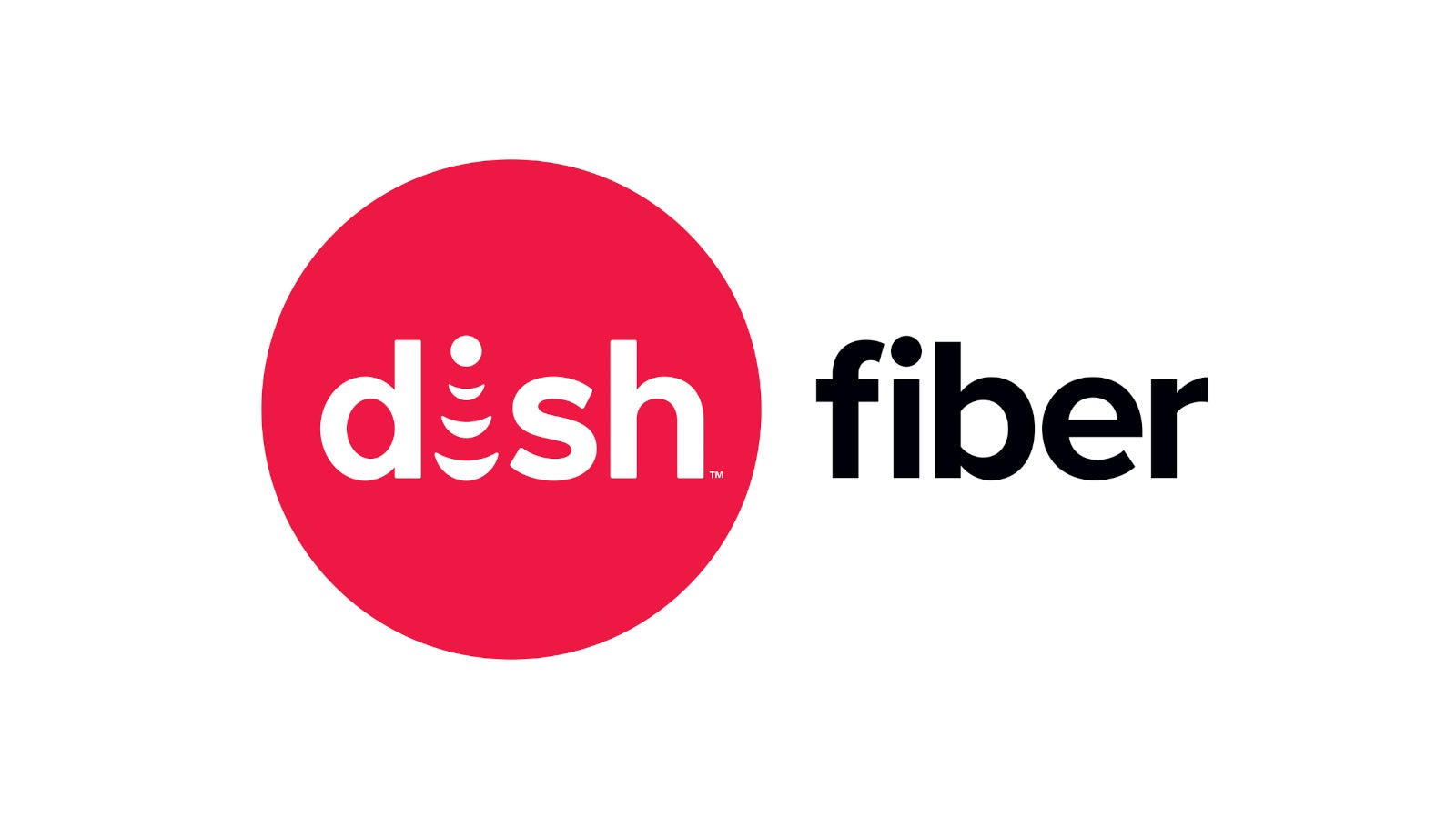How Data Engineers Perfect ETL Process Optimization for Faster Insights
In the quest to be rightfully data-driven, winners are no longer determined by the amount of data they're gathering—but how rapidly and with how much ease they can shuttle and clean it. That is where the ETL (Extract, Transform, Load) process becomes an invisible game-changer, taking diffuse data and transforming it into formatted, decision-making insights. But as systems grow and data sources proliferate, ETL pipelines come under pressure. Left unoptimized, even the most advanced data architecture can be a bottleneck. Optimizing the performance of ETL is central to delivering quicker data insights, lower operational expense, and responsiveness to market dynamics. This article maps out real-world-tested and practical techniques that data engineers can use to make their ETL processes faster, more reliable, and scalable—becoming high-performance machines of business intelligence. To truly maximize efficiency with complex data engineering projects, mastering and refining your ETL approach is essential. Understanding the ETL Process Definition of ETL: The three fundamental steps that make up the ETL process are: Extract: Extracting raw data from multiple sources including databases, APIs, or flat files. Transform: Cleaning and aggregating raw data, changing the form it is in and converting it for analysis. Load: Loading data that has been transformed into a target system such as a data warehouse or a data lake. Role in Data Pipelines: ETL is a key part of today's data pipelines, serving as the interface between operational sources of information and analytical platforms. It makes sure that data arrives cleanly and consistently in storage systems where it can power BI tools, machine learning algorithms, and real-time dashboards. Typical Challenges: Although it plays a critical role, ETL has multiple roadblocks: Inefficient extraction from older systems or high-latency APIs. Multi-step transformations with inconsistent formats, nested information, or intensive computations. Load failures due to schema mismatches, volume spikes, or infrastructure constraints. Key Strategies for Optimizing ETL Process To provide quicker, more consistent data insights, ETL pipelines need to be highly optimized in all three phases—extraction, transformation, and loading. Following are tried-and-tested strategies to improve ETL performance and scalability. A. Optimize Data Extraction The extraction process is usually the initial bottleneck. Optimizing what and how you extract can significantly lower pipeline latency. Use incremental data extraction to extract only new or changed records, rather than full data loads, hence reducing data volumes and processing time—making it suitable for high-frequency ETL jobs. Utilize parallel processing in ETL to read multiple sources or partitions of data simultaneously, resulting in considerably improved throughput. Select efficient data source connectors optimized for high-speed, secure access to relational, NoSQL, or cloud-based storage systems. B. Streamline Data Transformation Transformation is where the majority of compute resources are used. Simplifying and speeding up execution can save time and infrastructure expense. Avoid complex transformations by doing simple data cleaning and formatting near the source system, or staged pre-processing prior to deep transformations. Use in-memory processing with packages such as Apache Spark or pandas to process transformations at speed and scale, particularly for big data. Insert data quality checks early in the pipeline to identify problems before they affect downstream processing, minimizing rework and data integrity issues. With the right strategy and expertise, businesses that hire data engineers can build scalable, modular transformation logic that’s both efficient and easy to maintain. C. Improve Data Loading Optimized loading strategies guarantee your transformed data settles smoothly into the target system, ready for analytics and reporting. Recognize when to leverage batch loading compared to real-time streaming. Batch is more economical for high-volume at periodic times, whereas real-time ETL accommodates use cases with timely sensitivities such as fraud protection or live dashboards. Configure database indexing for minimized write latency when inserting data. Intelligent indexing accelerates query performance without exhausting the load process. Use partitioning to divide big datasets between logical or physical partitions, enhancing both loading speed and subsequent query performance. Advanced Methods for ETL Performance Data partitioning and sharding enhance the speed of ETL by dividing large data sets into smaller segments. Partitioning enables parallel processing, while sharding enables spreading load across nodes. These methods enhance performance and enable big data scalability. They also minimize contention and enhan

In the quest to be rightfully data-driven, winners are no longer determined by the amount of data they're gathering—but how rapidly and with how much ease they can shuttle and clean it. That is where the ETL (Extract, Transform, Load) process becomes an invisible game-changer, taking diffuse data and transforming it into formatted, decision-making insights.
But as systems grow and data sources proliferate, ETL pipelines come under pressure. Left unoptimized, even the most advanced data architecture can be a bottleneck. Optimizing the performance of ETL is central to delivering quicker data insights, lower operational expense, and responsiveness to market dynamics.
This article maps out real-world-tested and practical techniques that data engineers can use to make their ETL processes faster, more reliable, and scalable—becoming high-performance machines of business intelligence. To truly maximize efficiency with complex data engineering projects, mastering and refining your ETL approach is essential.
Understanding the ETL Process
Definition of ETL:
The three fundamental steps that make up the ETL process are:
Extract: Extracting raw data from multiple sources including databases, APIs, or flat files.
Transform: Cleaning and aggregating raw data, changing the form it is in and converting it for analysis.
Load: Loading data that has been transformed into a target system such as a data warehouse or a data lake.
Role in Data Pipelines:
ETL is a key part of today's data pipelines, serving as the interface between operational sources of information and analytical platforms. It makes sure that data arrives cleanly and consistently in storage systems where it can power BI tools, machine learning algorithms, and real-time dashboards.
Typical Challenges:
Although it plays a critical role, ETL has multiple roadblocks:
Inefficient extraction from older systems or high-latency APIs.
Multi-step transformations with inconsistent formats, nested information, or intensive computations.
Load failures due to schema mismatches, volume spikes, or infrastructure constraints.
Key Strategies for Optimizing ETL Process
To provide quicker, more consistent data insights, ETL pipelines need to be highly optimized in all three phases—extraction, transformation, and loading. Following are tried-and-tested strategies to improve ETL performance and scalability.
A. Optimize Data Extraction
The extraction process is usually the initial bottleneck. Optimizing what and how you extract can significantly lower pipeline latency.
Use incremental data extraction to extract only new or changed records, rather than full data loads, hence reducing data volumes and processing time—making it suitable for high-frequency ETL jobs.
Utilize parallel processing in ETL to read multiple sources or partitions of data simultaneously, resulting in considerably improved throughput.
Select efficient data source connectors optimized for high-speed, secure access to relational, NoSQL, or cloud-based storage systems.
B. Streamline Data Transformation
Transformation is where the majority of compute resources are used. Simplifying and speeding up execution can save time and infrastructure expense.
Avoid complex transformations by doing simple data cleaning and formatting near the source system, or staged pre-processing prior to deep transformations.
Use in-memory processing with packages such as Apache Spark or pandas to process transformations at speed and scale, particularly for big data.
Insert data quality checks early in the pipeline to identify problems before they affect downstream processing, minimizing rework and data integrity issues.
With the right strategy and expertise, businesses that hire data engineers can build scalable, modular transformation logic that’s both efficient and easy to maintain.
C. Improve Data Loading
Optimized loading strategies guarantee your transformed data settles smoothly into the target system, ready for analytics and reporting.
Recognize when to leverage batch loading compared to real-time streaming. Batch is more economical for high-volume at periodic times, whereas real-time ETL accommodates use cases with timely sensitivities such as fraud protection or live dashboards.
Configure database indexing for minimized write latency when inserting data. Intelligent indexing accelerates query performance without exhausting the load process.
Use partitioning to divide big datasets between logical or physical partitions, enhancing both loading speed and subsequent query performance.
Advanced Methods for ETL Performance
Data partitioning and sharding enhance the speed of ETL by dividing large data sets into smaller segments. Partitioning enables parallel processing, while sharding enables spreading load across nodes. These methods enhance performance and enable big data scalability. They also minimize contention and enhance system responsiveness at times of high loads.
Caching mechanisms minimize latency by holding data that is frequently accessed or slow to fetch. Redis or Memcached can be used to cache transformation outputs or lookup tables. This prevents redundant queries and accelerates the ETL process. Caching is particularly useful for managing repetitive operations or static reference data.
Scalable architectures help your ETL pipelines scale alongside your data. Horizontal scaling across cloud platforms like AWS or Azure provides elastic resource allocation. Kubernetes-based containerized ETL provides deployment flexibility along with auto-scaling capabilities. This helps ensure your pipelines will be able to meet demand bursts without lag.
Monitoring and logging provide real-time insights into pipeline health. ETL monitoring software facilitates the identification of delays, failures, or resource issues in real-time. Structured logging provides rapid debugging and seamless operations. Continuous monitoring also supports proactive optimization and capacity planning.
Common Pitfalls to Steer Clear Of:
Over-complicating transformation is a common ETL error that degrades performance and raises maintenance costs. Simplifying transformations, structuring them modularly, and making them reusable promotes greater scalability and easier debugging. Complicated logic must be split into easy steps.
Overlooking scalability can result in performance degradation as your data increases. ETL pipelines have to be planned with future volume, variety, and velocity in consideration. Without consideration for scalability, tiny inefficiencies turn into significant bottlenecks in the long run.
Overlooking error handling is a deadly mistake in ETL pipeline planning. Not catching and handling errors might lead to loss of data, corruption, or failed reports. Having effective retry logic and alerting is crucial.
Conclusion
ETL process optimization is no longer a nice-to-have, but a requirement for any company that depends on timely, reliable insights. By optimizing extraction, optimizing transformation, and optimizing loading, data engineers can significantly enhance performance and scalability.
Embracing innovative methods such as data partitioning, caching, and real-time tracking further enhances pipeline reliability and readiness for the future. Steer clear of pitfalls so that not only are your ETL processes running optimally today but are also designed to meet tomorrow's data needs.
A high-performance ETL pipeline is not merely a matter of transporting data—it's about moving your business ahead, quickly.







































































































































































![[The AI Show Episode 145]: OpenAI Releases o3 and o4-mini, AI Is Causing “Quiet Layoffs,” Executive Order on Youth AI Education & GPT-4o’s Controversial Update](https://www.marketingaiinstitute.com/hubfs/ep%20145%20cover.png)






























































































































































































































































![Apple's New Ads Spotlight Apple Watch for Kids [Video]](https://www.iclarified.com/images/news/97197/97197/97197-640.jpg)












_Andy_Dean_Photography_Alamy.jpg?width=1280&auto=webp&quality=80&disable=upscale#)





































































































![Here’s the Pebble smartwatch reboot in action, and how much tariffs might cost you [Video]](https://i0.wp.com/9to5google.com/wp-content/uploads/sites/4/2025/03/core-2-duo-smartwatch-3.jpg?resize=1200%2C628&quality=82&strip=all&ssl=1)



















































































![[Weekly funding roundup April 26-May 2] VC inflow continues to remain downcast](https://images.yourstory.com/cs/2/220356402d6d11e9aa979329348d4c3e/WeeklyFundingRoundupNewLogo1-1739546168054.jpg)




























![[AWS][Update]Amazon Route 53 Profiles now supports VPC endpoints](https://media2.dev.to/dynamic/image/width=800%2Cheight=%2Cfit=scale-down%2Cgravity=auto%2Cformat=auto/https%3A%2F%2Fdev-to-uploads.s3.amazonaws.com%2Fuploads%2Farticles%2Fkievlp34cqfcmla7dj6z.png)




